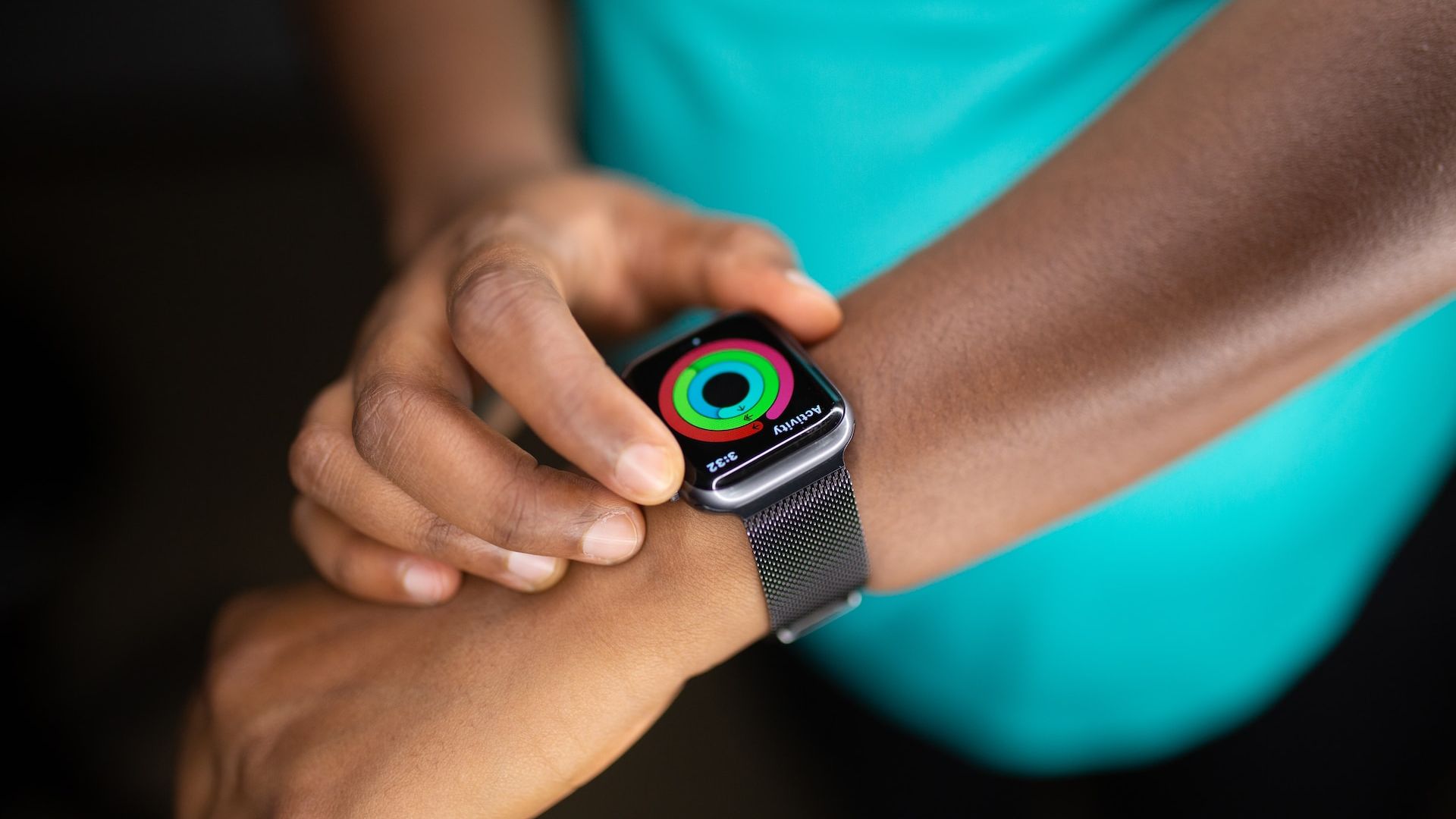
Creating Inclusive Digital Experiences: Guide to Accessibility in App Design
Oct 26, 2023In today's digital age, accessibility, and inclusivity are not just buzzwords but fundamental aspects of design that can make or break the success of an application. Ensuring that digital products are accessible to all users cannot be overstated. In this blog post, we will explore the guide to accessibility and inclusivity in app design.
1. The Imperative of Accessibility and Inclusivity
Before delving into the intricacies of designing accessible apps, it's essential to understand why accessibility and inclusivity matter. At its core, accessibility ensures that people with disabilities can perceive, understand, navigate, and interact with digital content.
Inclusivity, on the other hand, aims to make digital products usable by as many people as possible, including those with disabilities.
The imperative for accessibility and inclusivity goes beyond ethical considerations. Legal requirements, such as the Americans with Disabilities Act (ADA) and the Web Content Accessibility Guidelines (WCAG), mandate accessibility in many regions. Non-compliance can lead to legal repercussions, financial losses, and damage to a brand's reputation.
2. Benefits of Inclusive Design
Designing inclusively doesn't only benefit individuals with disabilities; it benefits everyone. For example, captioned videos are not just valuable for the deaf community but also for users in noisy environments or those who prefer to watch content without sound. Inclusivity, in essence, improves the user experience for all.
3. Understanding Accessibility Guidelines and Standards
There are various accessibility standards and guidelines that designers and developers should be familiar with. One of the most recognized standards is the Web Content Accessibility Guidelines (WCAG). It encompasses four fundamental principles: perceivable, operable, understandable, and robust. To achieve these principles, a multitude of success criteria are defined, all designed to improve accessibility for different disabilities.
There are also specific guidelines for mobile app accessibility, recognizing the unique challenges and opportunities in mobile design. Understanding these standards is crucial to building inclusive digital products.
4. Designing for Different Disabilities
Creating accessible and inclusive designs means addressing the needs of various disability types. For users with visual impairments, considerations include screen readers, alternative text, and high-contrast interfaces. Hearing impairments call for closed captions and visual sound cues. Users with motor impairments benefit from keyboard navigation and voice recognition.
Cognitive and neurodiverse accessibility is equally important. This involves simplifying user interfaces, providing clear instructions, and avoiding unnecessary distractions, all of which make the app more user-friendly for a wide range of users.
5. Inclusive Design Principles
Inclusive design principles underpin accessible app development. This includes the idea of progressive enhancement, where you start with a basic, accessible design and enhance it with advanced features. Offering flexibility, such as customizable font sizes or text-to-speech options, caters to individual user needs. Think of inclusivity as a pyramid, with a broad base of core usability that accessibility builds upon.
6. Building Accessible User Interfaces
Creating accessible user interfaces involves various considerations, such as typography, color contrast, navigation menus, forms, and multimedia elements. For example, choosing the right fonts enhances readability, while accessible color choices improve contrast and legibility.
7. Testing for Accessibility
Testing is a critical part of ensuring accessibility. It involves using various tools and checkers to identify potential issues. Manual testing is equally important, as it helps uncover user experience challenges that automated tools might miss.
Usability testing with users who have disabilities is a game-changer. Their feedback and real-world experiences can lead to significant design improvements.
8. Assistive Technologies
Understanding common assistive technologies, such as screen readers, voice recognition software, and alternative input devices, is crucial. This knowledge allows designers and developers to create applications that work seamlessly with these tools, enhancing accessibility for users with disabilities.
9. Social Inclusivity
Addressing bias and stereotypes is an essential part of inclusivity. Designers should be vigilant about the potential for algorithms and content to perpetuate stereotypes. Inclusive language and content can go a long way in making users from diverse backgrounds feel welcome.
Engaging with diverse user groups and building communities around your app fosters inclusivity, as it enables you to incorporate a wide range of perspectives into your design and development process.
10. Legal Compliance and Regulations
Understanding the legal landscape and meeting web and app accessibility requirements is crucial. Compliance with laws such as the ADA is not just about avoiding legal trouble but ensuring your app is available to everyone.
Accessibility statements, which declare a company's commitment to accessibility and provide contact information for questions and concerns, are also an important part of the legal landscape.
Case Studies in Inclusivity
Real-world case studies of companies that have successfully implemented inclusive design can offer invaluable lessons. For instance, Microsoft's adaptive Xbox controller is a standout example. These case studies reveal how accessibility can drive innovation and user satisfaction.
In conclusion, creating accessible and inclusive digital products is both a moral obligation and a sound business practice. The comprehensive guide to accessibility and inclusivity in app design equips designers and developers with the knowledge, tools, and best practices to make the digital world accessible to all. By following these principles, we can ensure that no one is left behind in the digital age.
Resources for Further Learning
For those eager to delve deeper into accessibility and inclusivity, here are some valuable resources to continue your journey:
-
Web Accessibility Initiative (WAI): A comprehensive resource for understanding and implementing web accessibility.
-
A11y Project: An open-source resource for accessible web design.
-
Deque University: Offers a range of courses on web and app accessibility.
-
Inclusive Design Principles: A guide to designing for everyone.
-
The Paciello Group: A consultancy specializing in digital accessibility.
Let's work together to make the digital world a more inclusive place for everyone. It's not just good design; it's good humanity.
Want to learn Bubble.io with us?
Sign up to know more about Momentum Academy and developing with Bubble.io!
